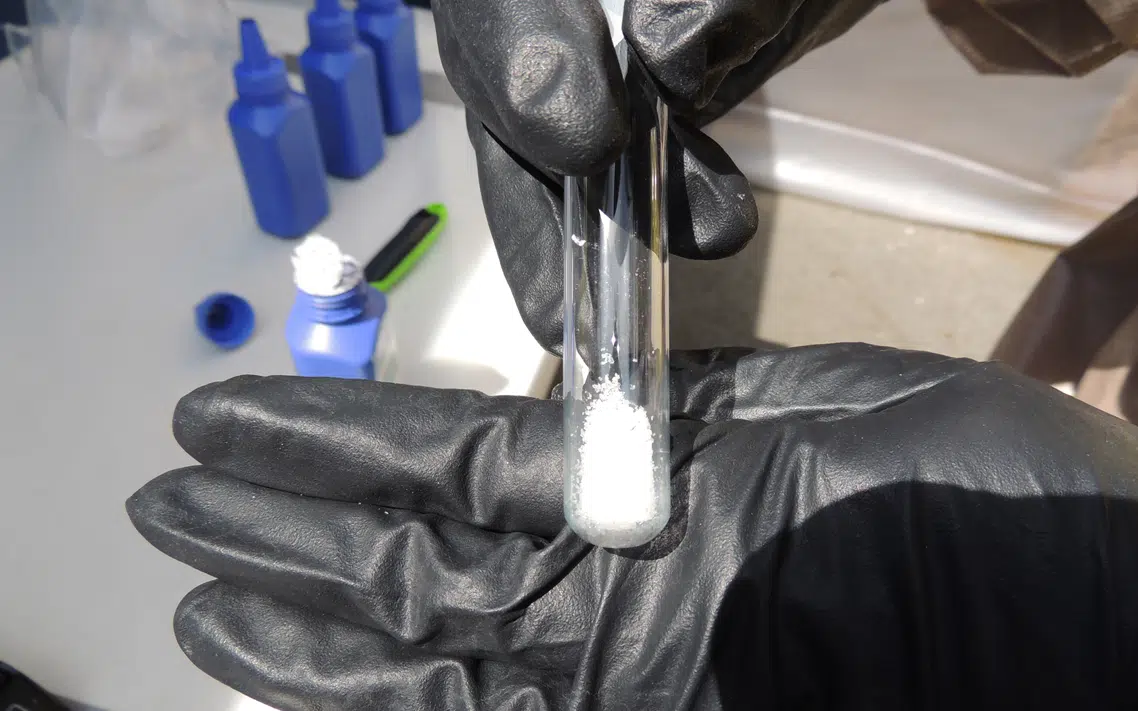
How the opioid crisis can affect the real estate market
You find a house that you’re interested in buying only to learn it contains traces of illegal, dangerous drugs.
What do you do?
Taralyn Adams recently fell in love with a house for sale in Sylvan Lake. After hearing rumours of past drug-activity taking place at the residence, she hired a crew for around $1800 to test for any traces of illicit substances.
The tests came back positive for drugs including fentanyl, carfentanil, cocaine and meth. Most traces were detected on walls and in the carpets, while others were detected in the house’s duct system.


